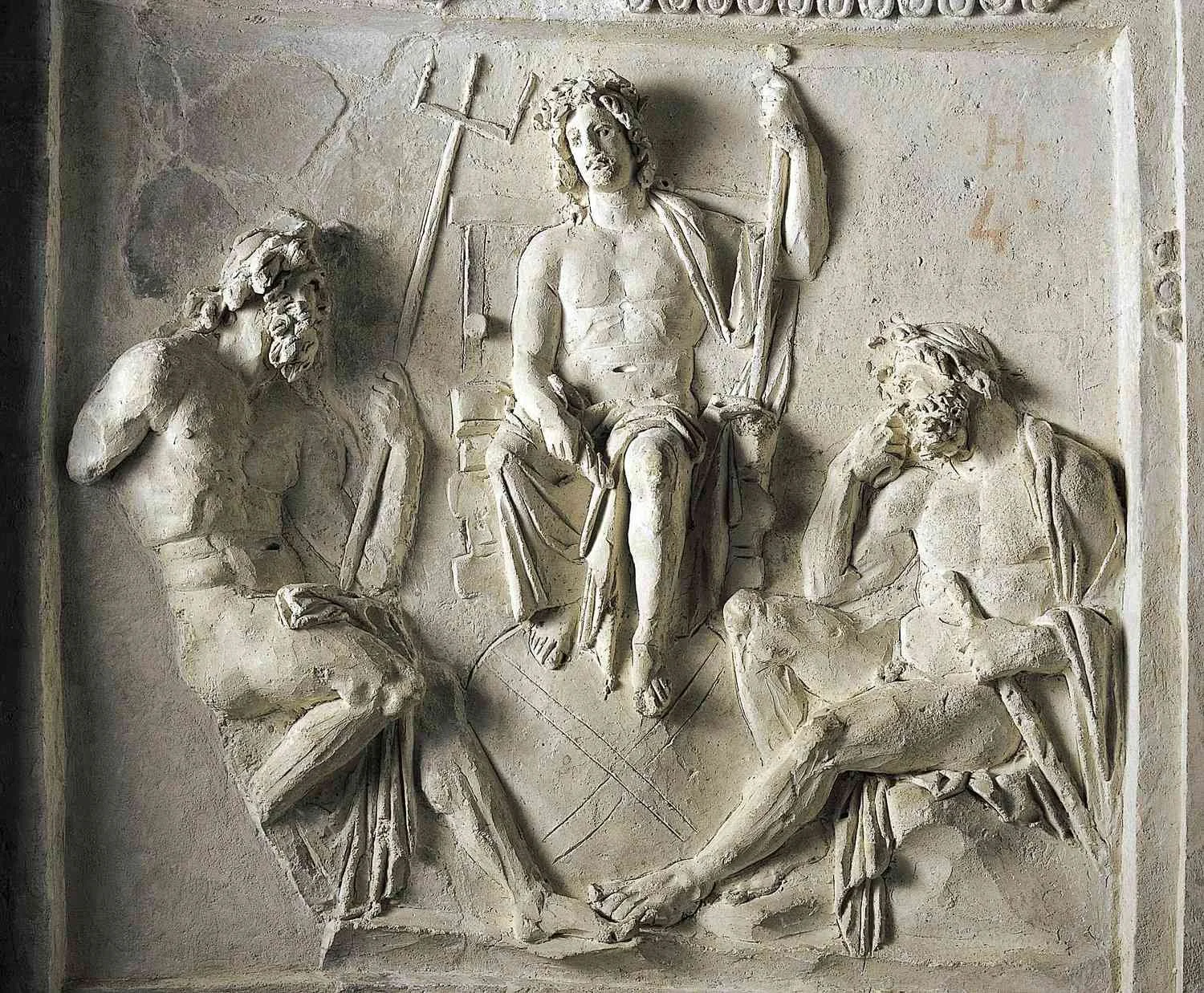



Your Custom Text Here
The astrological world was in order - had been for millennia - until the discovery of the new planets, beginning with Uranus in 1781, then Neptune in 1850 and finally Pluto in 1930. What did that mean for the ‘house’ that astrology had built, how was one to integrate them?
The old system of astrology with its seven ‘planets’ (Sun and Moon included) and twelve zodiac signs was a tightly knitted system, held together by a stringent logic - a beautiful and meaningful cosmos. Including new elements would mean the destruction of that system.
The majority of astrologers has linked Uranus to Aquarius and Neptune to Pisces - in this way the planets following Saturn are corresponding to the zodiac signs following Capricorn - each planet expressing the archetype of their respective sign. The basic inner logic of astrology has thus been kept intact.
The astrological world was in order - had been for millennia - until the discovery of the new planets, beginning with Uranus in 1781, then Neptune in 1850 and finally Pluto in 1930. What did that mean for the ‘house’ that astrology had built, how was one to integrate them?
The old system of astrology with its seven ‘planets’ (Sun and Moon included) and twelve zodiac signs was a tightly knitted system, held together by a stringent logic - a beautiful and meaningful cosmos. Including new elements would mean the destruction of that system.
The majority of astrologers has linked Uranus to Aquarius and Neptune to Pisces - in this way the planets following Saturn are corresponding to the zodiac signs following Capricorn - each planet expressing the archetype of their respective sign. The basic inner logic of astrology has thus been kept intact.